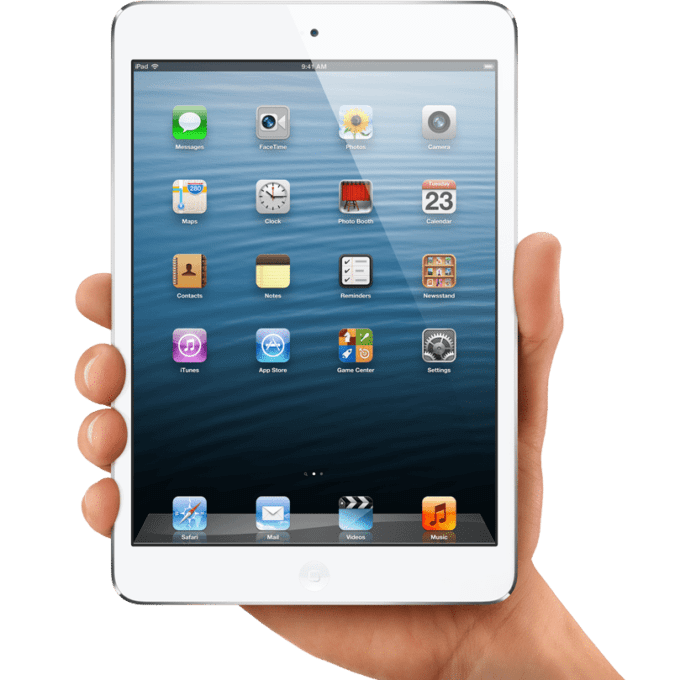Smartphones continue to be the driving force behind consumer demand for mobile broadband services, but non-traditional devices connecting to next-generation networks are expected to see significant growth over the next few years, according to a new report from The NPD Group.
The findings, which are part of the research firm’s Connected Intelligence Mobile Broadband Market Share and Forecast Report, noted that by the end of 2015, “active mobile broadband devices” will increase nearly 50% to 34 million connections. The report noted that tablets will see their market share grow from around 40% today to two-thirds of the market by 2015, with that growth coming at the expense of USB modems and mobile hotspots.
The NPD Group explained that the growing influence of tablets will force wireless carriers to more aggressively target that market segment in order to capitalize on the opportunity.
“Tablets are the next subscriber battleground for the carriers,” said Brad Akyuz, director of Connected Intelligence at The NPD Group. “The decline in [average selling prices] coupled with the intensified pricing competition will further boost connected tablet adoption in the coming years.”
Akyuz added that while AT&T Mobility currently led domestic carriers in tablet connections, he expected Verizon Wireless to surpass its rival by the end of 2015.
“While all of this is great news for consumers who want an always-on tablet, it could drive the carrier market back into a subsidized device model just as this is beginning to fade for smartphones,” Akyuz explained.
Domestic carriers have indeed begun to more aggressively target the tablet space. T-Mobile US late last week announced it would allow customers to add a tablet device to a current postpaid voice plan for free. That device will have access to its own 1.2 gigabytes of LTE data per month through the end of the year, which will include the 200 megabytes of free data the carrier had previously announced for tablet devices and a bonus 1 GB of data per month that runs through 2014. That free data is part of an offer to cut $10 per month off of current tablet data buckets through the end of the year.
As for tablet devices themselves, T-Mobile US said it will price LTE-equipped devices at the same price as Wi-Fi-only models and extend its offer to pay early terminate fees for consumers that are under contract at rivals. The pricing change will see tablet costs drop by more than $100 in some cases. The ETF offer is for up to $350 per tablet line transferred to T-Mobile US, with those switching also able to trade in their old device on a new model compatible with T-Mobile US’ LTE network.
T-Mobile US had initially launched its tablet push last October, announcing the addition of tablet devices to its previously announced JUMP device payment model. Along with the ability to pay for a device over a 24-month period, T-Mobile US also said that customers that purchased a tablet or brought a tablet to the carrier would receive 200 MB of data over the carrier’s LTE network for free each month.
Bored? Why not follow me on Twitter?


